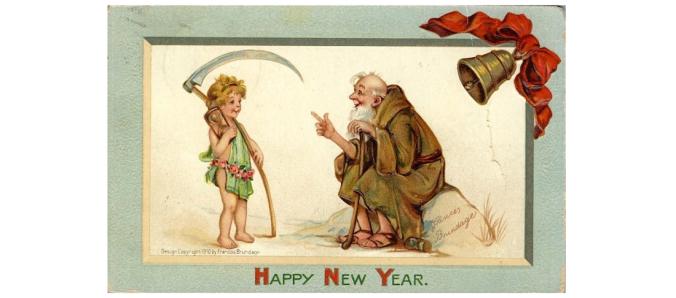
You’d be forgiven for calling FTO the “fat gene.” There are two variants of the gene, and in study after study, one of those variants, known as rs993609, is associated with more weight, as well as a much higher risk of obesity. The comparison holds up in different countries, and in different ethnic groups. The link is so clear that it might seem like saying FTO can make you fat is as true as saying two plus two equals four.
Now try to imagine discovering that before World War II two plus two equaled zero.
